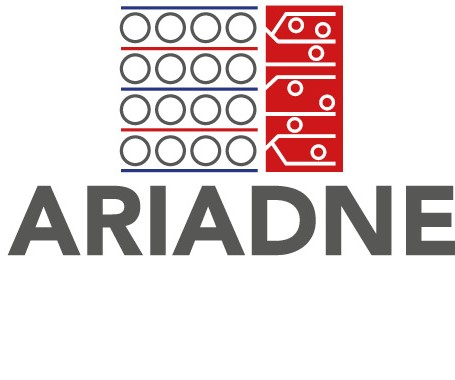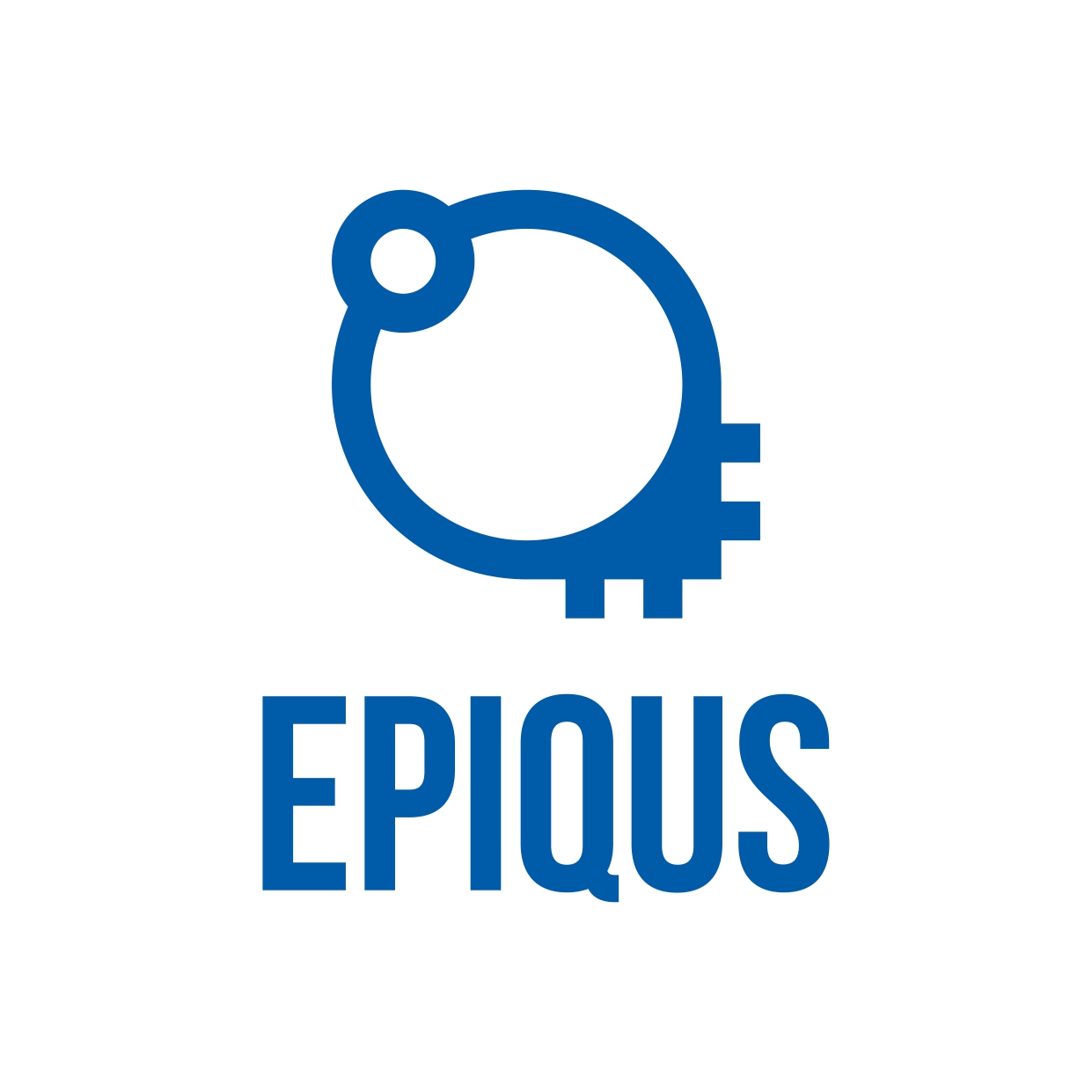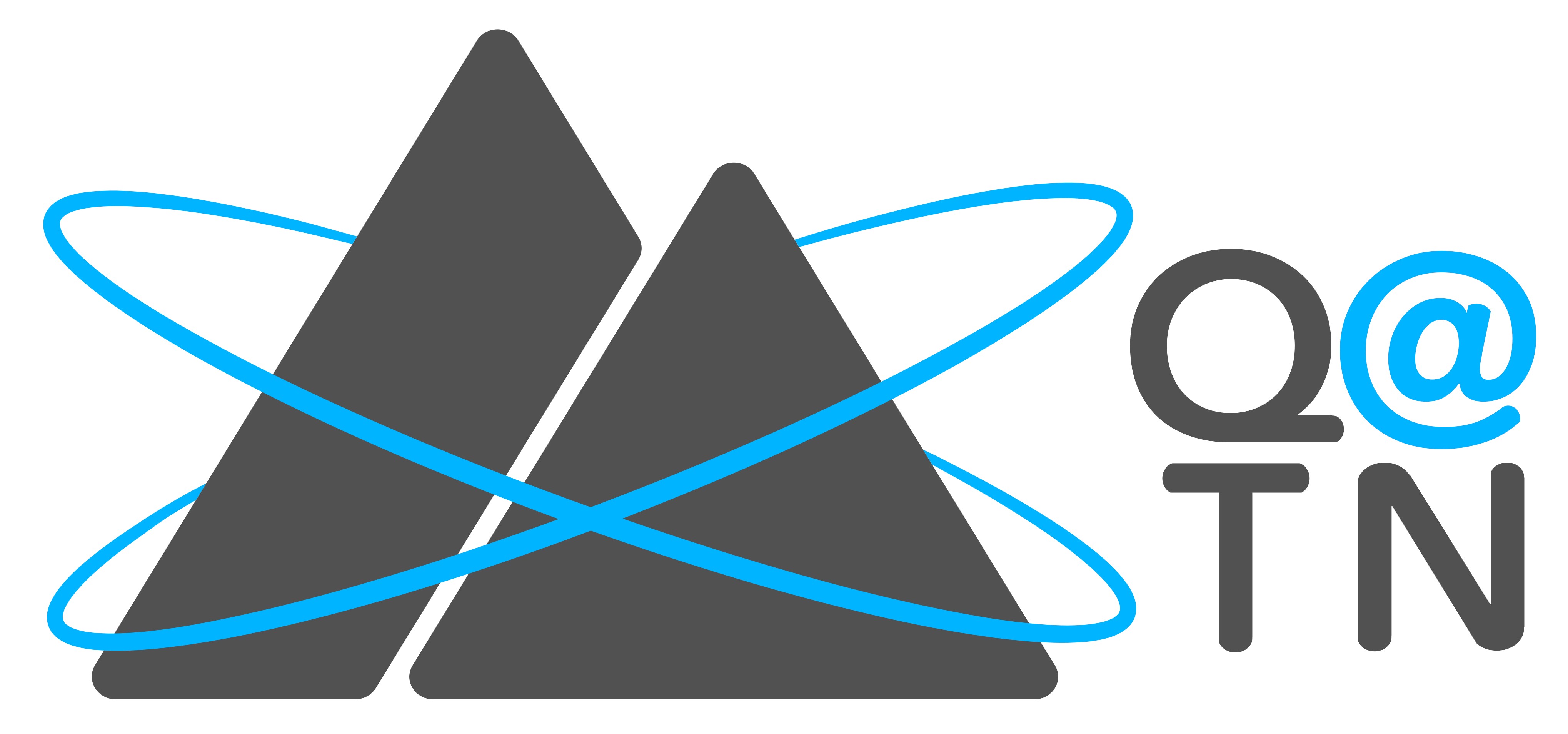
 In ARIADNE we aim o develop a neuromorphic computing system based on a highly complex and dynamical integrated photonic neural network that is scalable, easy to fabricate and consumes low power. The final goal is to demonstrate an efficient and autonomous AI system that can learn to carry out high-speed smart sensing tasks in the optical domain. Examples are movement detection, surface classification, speech and sound recognition. These tasks can find application in several different fields, such as robotics, health monitoring, security, etc.
In ARIADNE we aim o develop a neuromorphic computing system based on a highly complex and dynamical integrated photonic neural network that is scalable, easy to fabricate and consumes low power. The final goal is to demonstrate an efficient and autonomous AI system that can learn to carry out high-speed smart sensing tasks in the optical domain. Examples are movement detection, surface classification, speech and sound recognition. These tasks can find application in several different fields, such as robotics, health monitoring, security, etc.
The project acronym is inspired by the ancient Greek myth of Theseus and the Minotaur, where princess Ariadne comes up with an ingenious way to help Theseus escape the labyrinth. In ARIADNE we let a machine learning algorithm learn to solve, loosely speaking, the spatio-temporal maze represented by the complicated dynamics in the considered photonic networks of integrated silicon microring resonators (see the figure below). In particular, the aim is to generate favourable network dynamics so as to carry out specific machine learning tasks with low latency, low computational cost and high energy efficiency.
Being able to control and fully exploit such dynamics would enable more scalable neuromorphic computing. Indeed, the effective dimension of the proposed neural network, and thus its potential computational power, is much larger than its physical appearance (i.e. considering microrings as neurons and waveguides as synapses). The reason is that the temporal and the wavelength dimensions of each resonator greatly increase the number of effective nodes and connections. This allows to deploy very large dynamic networks within a small footprint, providing a significant advantage over other neuromorphic computing platform and potentially giving birth to disruptive AI technologies. Moreover, coexistence of short-term and long-term memory (provided by nonlinear effects based on free-carriers and temperature in silicon mircoring resonators) allows for enhance computational power and broad applicability, and is in fact a key property of biological neural networks.
ARIADNE aims at combining integrated silicon photonics and machine learning in a powerful and simple way, exploiting the key advantages of both fields for novel and efficient smart sensing applications.
EPIQUS: Electronic-photonic integrated quantum simulator platform
 EPIQUS aims to demonstrate a cheap, easy-to-use, performant Quantum Simulator (QS) based on full integration of silicon nitride photonics with silicon electronics. The core objective of EPIQUS is to set a cornerstone technology – demonstrate the
EPIQUS aims to demonstrate a cheap, easy-to-use, performant Quantum Simulator (QS) based on full integration of silicon nitride photonics with silicon electronics. The core objective of EPIQUS is to set a cornerstone technology – demonstrate thefirst breakthrough device - which will simulate quantum mechanical problems in a compact device operating at ambient temperatures.
Our vision is to develop a Quantum Simulator by bringing onto a unique semiconductor platform the mature silicon microelectronic (CMOS, digital) and the silicon nitride quantum micro-photonic functionalities. Within EPIQUS we will develop a 3D-integrated quantum simulator hardware, where (1) a photonic quantum interference circuit, hosting (1a) scalable entangled photon sources (pumped by a NIR pulsed diode laser to produce on-chip photon pairs via nonlinear four wave mixing), (1b) the state
preparation stage and (1c) the 16 qubit reconfigurable quantum interference circuit, will be monolithically integrated on the same Si chip with (2) scalable arrays of single photon avalanche detectors (Silicon SPADs) operating at ~ 850nm and at
room temperatures. Around this, our consortium will build an integrated system, in which on the “software level” a quantum algorithm will sustain the quantum simulation results from the hardware. In this last, a custom Analog chip will control the QS
module by managing the pulsed pump laser, phase shifters (needed to reconfigure the QS) and the SPADs in order to control actively the quantum optical circuit. Finally, the output data will be handled by the digital chip to feed the software
algorithm. EPIQUS will envision scalability up to 50 qubits using the proposed breakthrough technology.
The EPIQUS consortium will be based on several groups from EU countries and one non-EU partner with diverse expertise, ranging from material, device, photonic and electronic circuit engineering, microfabrication technology, quantum optics and
spectroscopy, information technologies.
Q@TN - Quantum Science and Technology in Trento

Mission:
- Aligning all Trentino actors in the field of quantum science and technology (QST) and developing a common strategy
- Covering most aspects of QST merging the relevant expertise of the Partner Institutions
- Singling out Trentino as a reference point at European level in the area of QST
Q@TN operates within the framework of the newly launched Quantum Technologies Flagship. Q@TN coordinates the scientific and technological research and the high education in QST in Trentino, increasing the impact of the activity already carried out by local researchers in strategic areas of quantum science. Q@TN aims to attract further resources from national and international funding organisations.